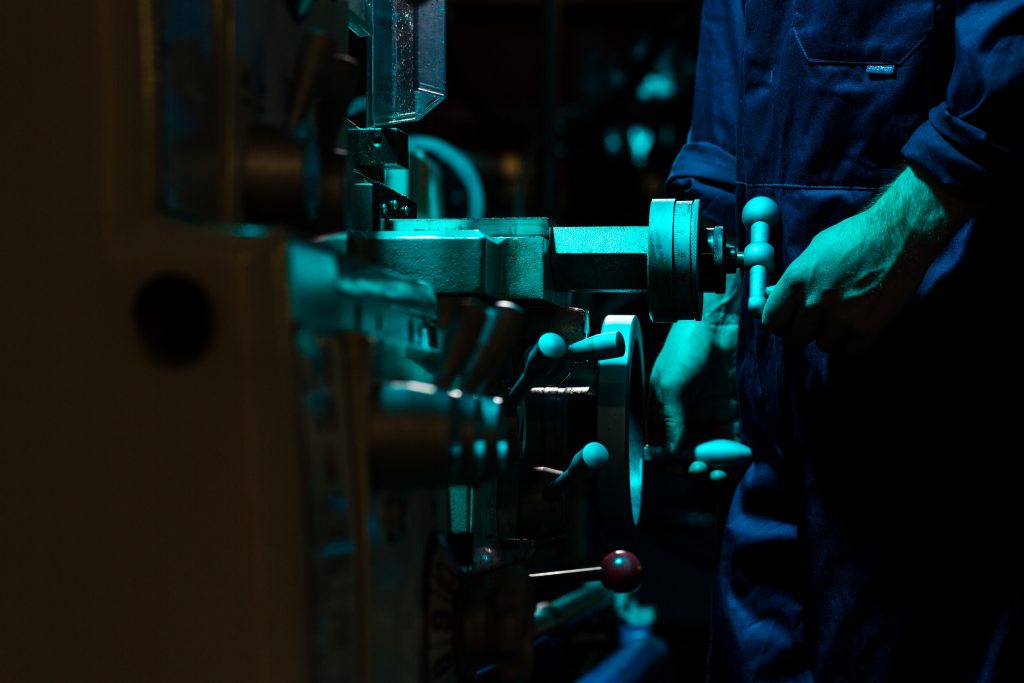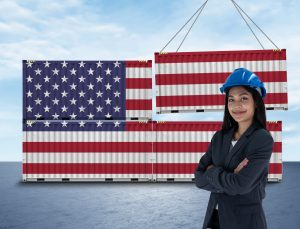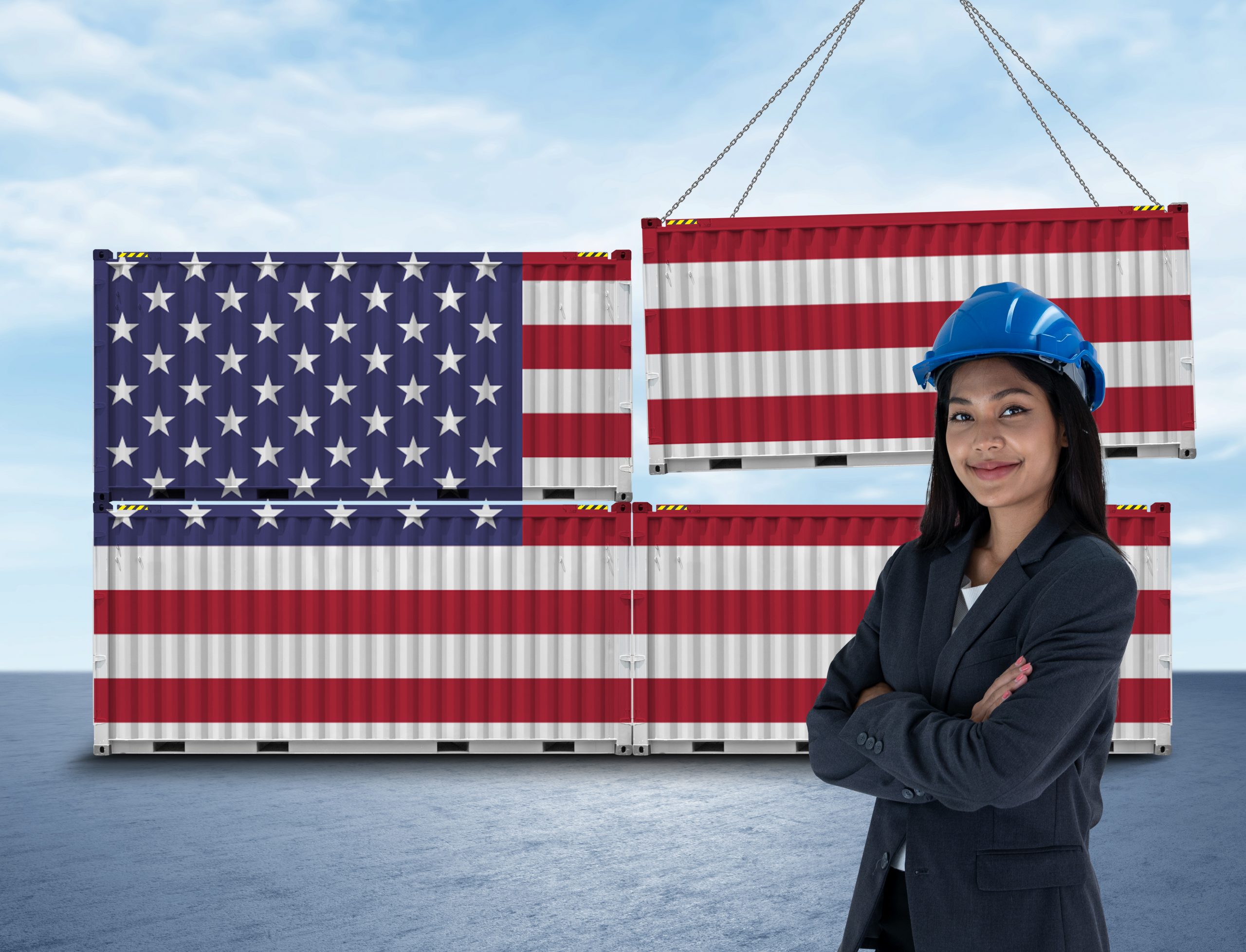Tariff engineering has been somewhat of a hot topic in the logistics and supply chain industry for a little while now. The United States has been putting additional pressure on their trading partners like China and Mexico, causing businesses to look to alternative methods of sourcing and production for their imports.
One of the “workarounds” used by importers used as a solution for shifting international trade relationships is tariff engineering.
Below, we’ll do an overview on what tariff engineering is, things to watch out for, examples, and a checklist if you’d like to try leveraging this technique. Read on for more details:
What is tariff engineering?
For centuries, businesses have changed their sourcing and production processes in order to make their goods be considered another HTS classification — with lower duties, of course! This may sound a bit unscrupulous, but it is actually totally legitimately so. Strategic tariff engineering brings importers huge benefits.
In essence, an importer would alter the product in such a way that less duties are applied. For the most part, tariff engineering happens at the beginning of the design and production process, as businesses are equipped with a good understanding of duties and goods classifications.
Particular attention must be paid here because businesses must make sure that the alterations to do the goods do not negatively impact the cost of materials or manufacturing. Or the goods’ overall marketability in the U.S.
There are a few things that could make this process illegitimate, so be warned: this should not be done with the intention of undoing the alteration once imported into the U.S.
In the event that an importer is caught doing so, CBP will likely fine and penalize them.
The classic tariff engineering example: Converse, owned by Nike, adds an extra layer of felt to the bottom of their sneakers to qualify for a lower duty rate. From a rate up to 48% to 3%, in fact! As you may be able to tell, this can be very beneficial for businesses if applied and planned for correctly.

Another pretty baffling example of this: Women’s shirts and blouses can have duties that reach almost 27%, but it can be classified at a lower rate if the apparel has a pocket situated below the waist. Check out CBP’s guide for Apparel Terminology under the HTSUS.
Recommended reading: The State of Textile Importing & Exporting in the US
Interested? Here is a checklist for you before embarking on a tariff engineering journey. Make sure to ask yourself these questions before beginning:
- What cannot be changed about your goods? From a technical perspective and design perspective?
- Can you simply import your goods from another country with lower tariffs?
- Are there similar materials that can be swapped out to achieve the same effect?
- Will it cost more to modify your goods — in terms of materials, manufacturing, safety precautions — than pay the higher duties?
- If questioned by CBP, would you be able to justify the classification of these goods?
- Is this legitimate tariff engineering? For example: would CBP consider this an artifice, disguise, or fictionalization of your declared goods?
- Are alterations a worthy endeavor in consideration of the fact that classifications change regularly?
One of the things that makes this process so tricky: the volatility of HTS classifications. We’ve seen this quite a bit as the Trump Administration imposes and lifts tariffs without much notice.
Importers can expect that the classification system is updated yearly, at a minimum. So certainly be mindful of any tweaks that you decide to make on your goods to take advantage of tariff engineering.
As regulations are put forth, new products come out, and classifications are updated, it’s important to stay partnered up with a customs broker that can help you navigate these things and avoid missteps. Click here to contact a broker.






